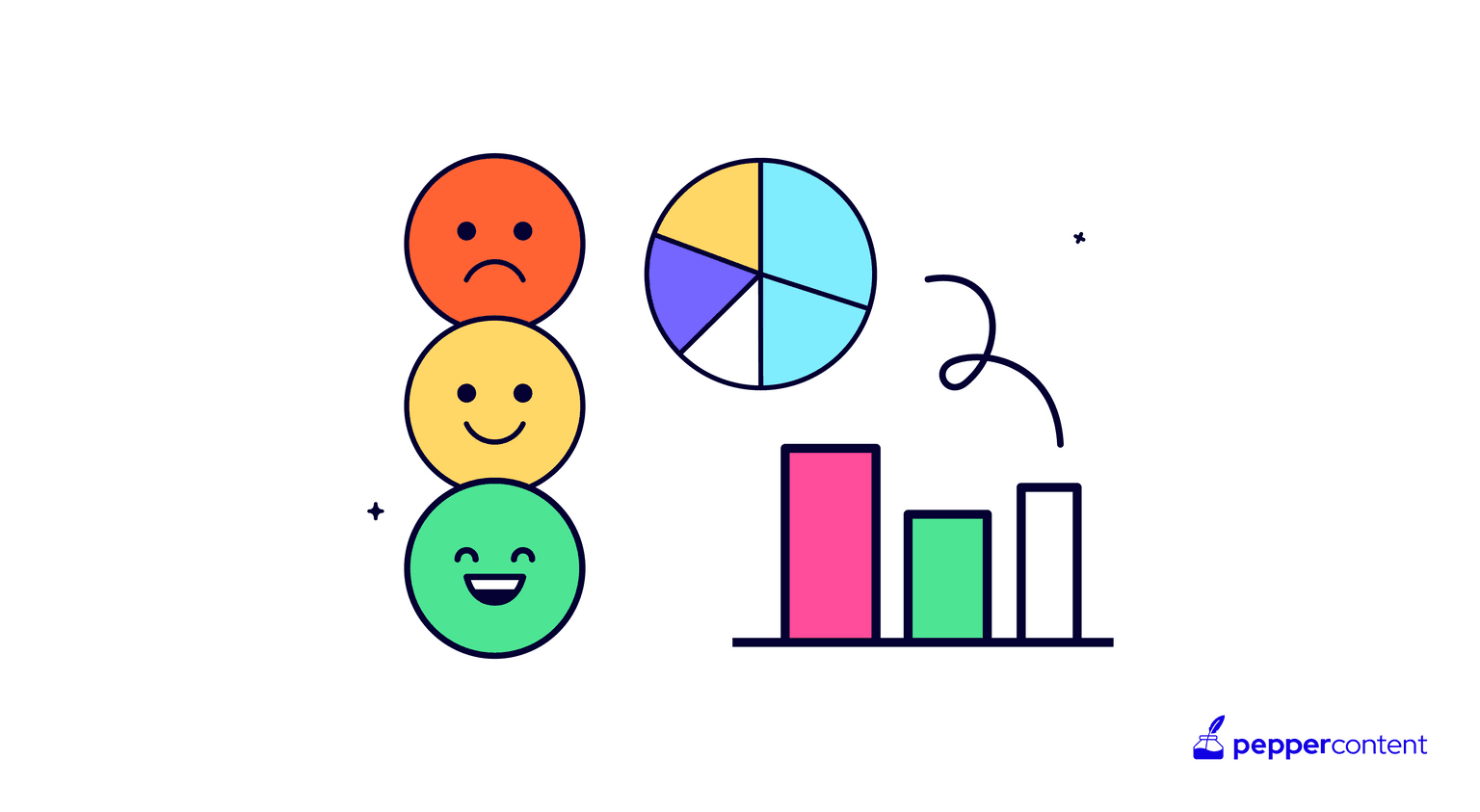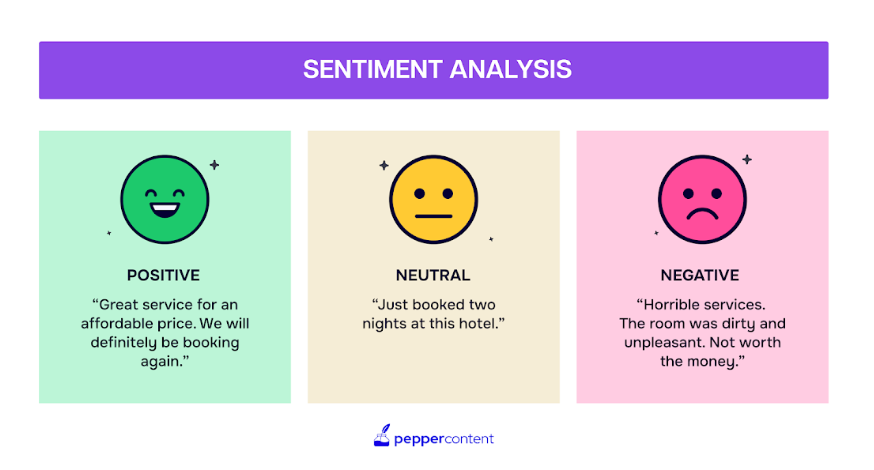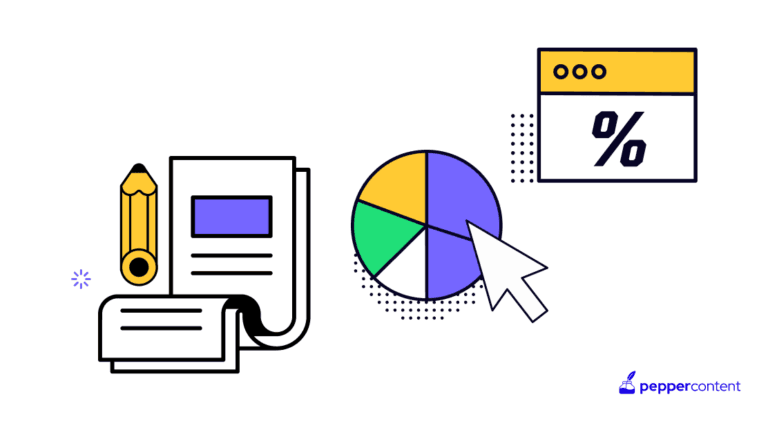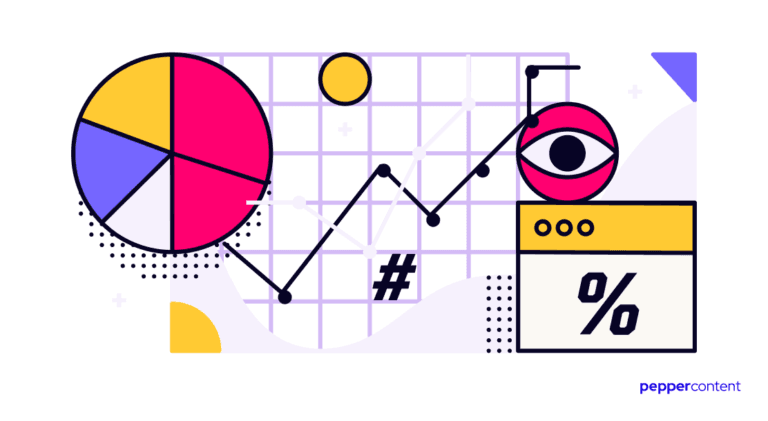Sentiment Analysis Tools For Social Media: Power of Data-driven Brand Insights

Social media sentiment analysis has become a critical tool for brands in today’s digital landscape. It involves analyzing the emotions, opinions, and attitudes expressed by users on various social media platforms. By understanding the sentiment behind consumer conversations, brands can extract valuable insights and make data-driven decisions to improve their social presence.
Sentiment analysis tools play a vital role in this process by automating the collection and analysis of social media data. These tools use advanced algorithms to categorize social media posts into positive, negative, or neutral sentiments. By tracking sentiment trends over time, brands can identify key areas of improvement or capitalize on positive sentiments to enhance their marketing strategies.
In the following sections, we will explore how sentiment analysis tools can be effectively used to run a social media sentiment analysis, why it is crucial for reputation management, and introduce you to some of the best tools available in the market to boost your brand’s social presence. So let’s dive in and uncover the potential of data-driven brand insights through sentiment analysis!

Running a Social Media Sentiment Analysis
Running a social media sentiment analysis can provide valuable insights into how your brand is perceived by its audience. By understanding the sentiment behind conversations on social media platforms, you can gauge the overall tone and mood surrounding your brand or specific campaigns. This information can then be used to make informed decisions, improve marketing strategies, and enhance customer engagement.
To conduct a social media sentiment analysis, start by selecting a reliable sentiment analysis tool. These tools use advanced algorithms to analyze text and determine whether it expresses positive, negative, or neutral sentiment. Once you have chosen a tool, input relevant keywords or hashtags that are related to your brand or campaign. This will help you target specific conversations and focus your analysis on the most relevant data.
The Importance of Social Media Sentiment Analysis
Understanding public opinion on social media is crucial for brands’ reputation management in today’s digital landscape. With millions of users expressing their thoughts and feelings online, sentiment analysis provides brands with an effective way to monitor and analyze conversations about their products or services.
By conducting regular social media sentiment analysis, brands can identify emerging trends and stay ahead of their competitors. Whether it’s spotting growing customer preferences or recognizing potential crises before they escalate, sentiment analysis offers actionable insights that drive strategic decision-making.
Furthermore, sentiment analysis allows brands to refine their marketing strategies based on customer feedback. By understanding the sentiment around their campaigns or product launches, brands can tailor their messaging to better resonate with their target audience.
Overall, social media sentiment analysis is a powerful tool that enables brands to gain a deeper understanding of how they are perceived by their audience. It helps them stay informed, make data-driven decisions, and ultimately strengthen their brand presence in the digital space.
7 Best Sentiment Analysis Tools
Now that we understand the importance of social media sentiment analysis let’s dive into the best tools available in the market. These tools are designed to not only track and analyze sentiment but also provide valuable insights for brands to make data-driven decisions.
1. Hootsuite Insights
One of the leading sentiment analysis tools is Hootsuite Insights. With its real-time tracking and customizable dashboards, it allows brands to monitor sentiment across multiple social media platforms. By leveraging social media text analytics, businesses can analyze customer reactions more effectively, refine their marketing strategies, and enhance overall customer engagement.
2. Brandwatch
Brandwatch is another powerful tool that offers sentiment classification, competitive analysis, and industry benchmarks. It enables brands to gain insights into customer preferences and stay ahead of the competition. Starbucks utilized Brandwatch’s sentiment analysis capabilities to identify customer sentiments towards new seasonal drinks, resulting in successful product launches.
3. Talkwalker
Talkwalker is known for its multilingual support and image recognition capabilities, making it an ideal choice for global brands. It offers comprehensive sentiment analysis across various platforms, helping brands measure the response to their marketing campaigns effectively.
4. Sprout Social
Sprout Social provides features like sentiment scoring, influencer identification, and competitor monitoring, making it a valuable tool for brands seeking a holistic view of their social media presence.
5. NetBase Quid
NetBase Quid offers AI-powered analytics and real-time data visualization, enabling brands to gain deeper insights into consumer perceptions.
6. Mention
Mention’s real-time monitoring, competitive intelligence, and robust sentiment analysis features make it a popular choice among brands.
7. Semrush
Semrush combines social media listening capabilities with advanced sentiment analysis algorithms, helping brands understand audience sentiments in real-time.
These sentiment analysis tools offer brands the ability to extract valuable insights from social media data, enabling them to make informed decisions, drive engagement, and improve their brand presence. By leveraging these tools, brands can unlock the power of data-driven brand insights and stay ahead in this dynamic digital landscape.
Improving Brand Sentiment on Social Media
To build a strong brand presence on social media, it’s crucial to create content that actively works on improving brand sentiment. Your audience’s perception of your brand can make or break your online reputation. Here are some strategies to enhance brand sentiment and foster positive interactions with your audience.
In conclusion, improving brand sentiment on social media requires active engagement, prompt responses, meaningful interactions, strategic partnerships, and a commitment to making a positive impact. By implementing these strategies, you can foster a strong and favorable sentiment towards your brand in the ever-evolving world of social media.
Sentiment analysis tools are invaluable assets for understanding and improving brand presence on social media. With these tools, marketers can uncover valuable insights that drive data-driven decision-making. By harnessing the power of sentiment analysis, brands can gauge public opinion, identify emerging trends, and effectively manage their reputation.
Continuous monitoring and analysis of social media sentiment are essential for adapting marketing strategies in real-time. It allows brands to proactively address customer feedback, both positive and negative, and turn negative sentiment into positive endorsements. The key to enhancing brand sentiment on social media lies in actively engaging with customers, demonstrating empathy, and providing prompt responses.
To achieve this, marketers can leverage the best sentiment analysis tools available in the market.
By utilizing these tools effectively, marketers can improve their brand’s social presence by understanding audience perception, responding to customer feedback promptly, and adapting marketing strategies accordingly. So go ahead and unleash the power of data-driven brand insights with the best sentiment analysis tools available in the market!
Latest Blogs
Explore how Google’s 2025 AI search updates triggered ranking chaos. Learn actionable strategies to adapt your SEO for AI Overviews, zero-click searches, and SERP volatility. Stay ahead now.
Learn how to rank on AI search engines like ChatGPT, Perplexity, and Gemini by optimizing your content for authority, structure, and relevance. Stay ahead in AI-driven search with this strategic guide.
Explore the best healthcare SEO services for your medical practice. Improve online visibility and effectively reach more patients in need of your services.
Get your hands on the latest news!
Similar Posts

Content Analytics
8 mins read
Google I/O 2025: AI Search Shake-Up & Ranking Volatility

Content Analytics
5 mins read
How to Check Google Rankings: 3 Swift and Accurate Methods

Content Analytics
9 mins read